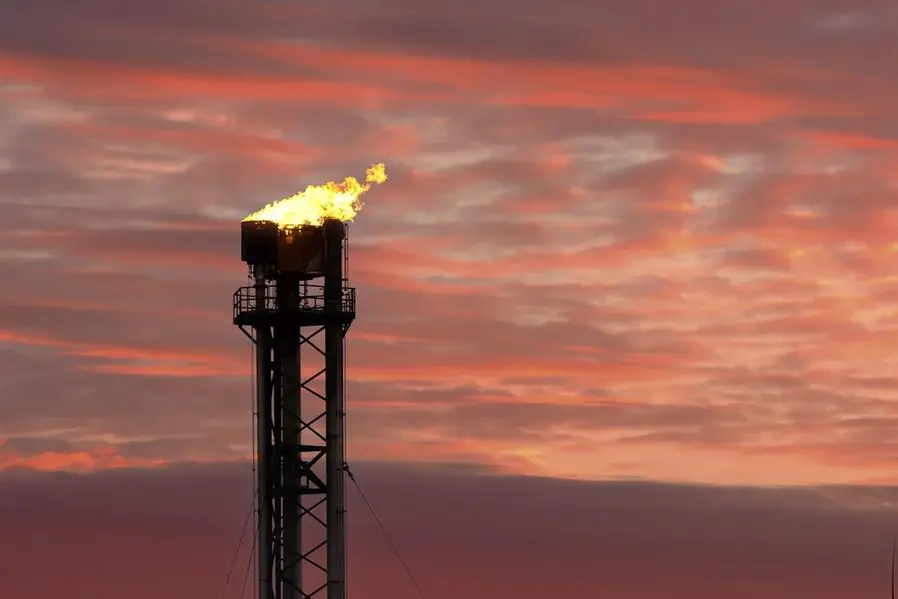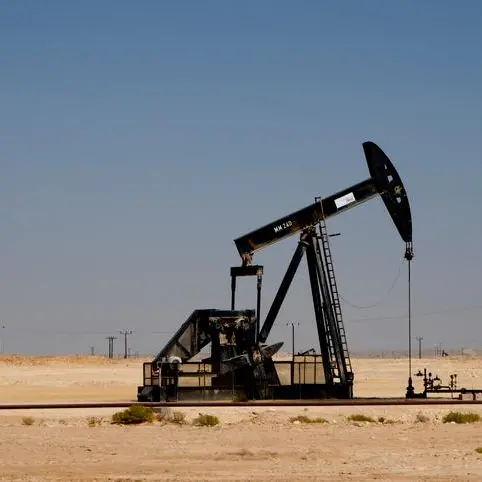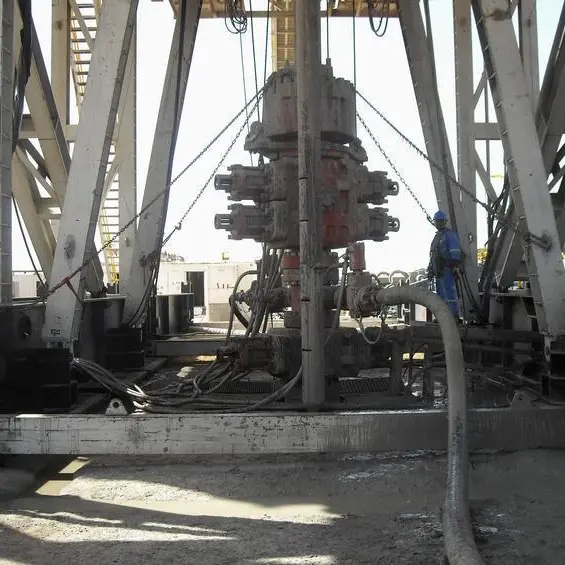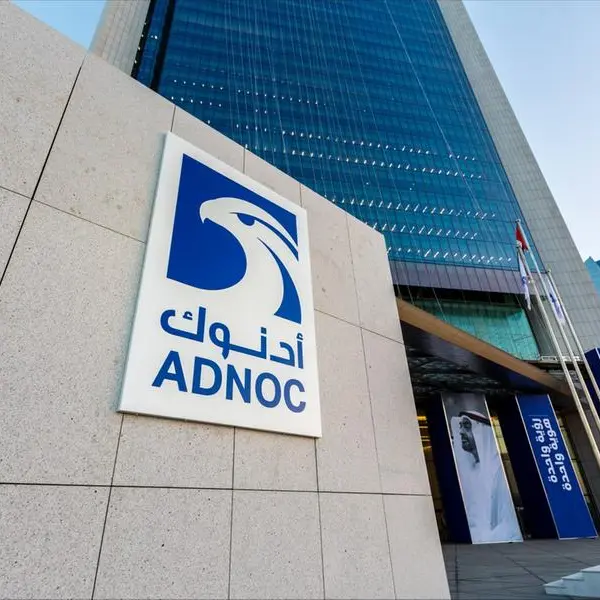PHOTO
Methane, found in natural gas, is a potent greenhouse gas (GHG) with a Global Warming Potential (GWP) far higher than that of carbon dioxide (CO2), ranking it second to CO2 in its impact on climate change.
As the second most abundant anthropogenic GHG after CO2, methane accounts for about 20 percent of global emissions, according to the United States Environmental Protection Agency (EPA).
Despite its high GWP, methane has a shorter atmospheric lifespan. Therefore, reducing methane emissions is a critical short-term measure for addressing climate change effectively.
With the oil and gas sector accounting for 40 percent of methane emissions worldwide, as stated by the IEA, the sector could play a significant role in delivering on the Global Methane Pledge reduction target of reducing emissions by at least 30 percent from 2020 levels by 2030, which could eliminate over 0.2˚C warming by 2050.
The IEA also estimated that 260 billion cubic meters of methane are wasted every year in the oil and gas sector due to flaring, venting, and fugitive emissions. If this were captured, it would be the world's third largest gas producer.
Methane risks
In March last year, 12 of the largest oil and gas companies worldwide committed to cut methane emissions to near zero by 2030 under the banner of the Oil and Gas Climate Initiative (OGCI). As of today, 20 producers have joined this initiative.
Samuele Bellani, Managing Director and Partner, Boston Consulting Group, told Zawya Projects that given methane's share significant share in the overall GHG emissions portfolio, failing to address methane emissions will hinder progress toward 2050 net-zero targets.
"Without addressing them, you cannot reach that target and the near zero methane pledges that companies have taken," he noted during an interview at the ADIPEC event in Abu Dhabi.


So, what are the risks of not being able to manage methane?
"The risk is not being credible in terms of license to operate, so if others do it and you are not, it would be a competitive disadvantage," explained the BCG executive.
Moreover, plans by oil and gas companies to monetise their gas resources through low-carbon products such as blue hydrogen will be scrutinised in terms of their competence in managing methane.
He continued: "If you cannot demonstrate that you can manage methane emissions, then how can you demonstrate that you can do it on the blue hydrogen side? I think that's a perspective that may not always be emphasised."
A feasible goal
However, achieving near-zero methane emissions by 2030 is a feasible objective, given that the oil and gas sector has been actively addressing methane-related issues for over two decades, Bellani noted.
"If you think about that, 10 to 20 years ago, when the pressure on GHG emissions overall was lower, methane emissions was always a key performance indicator (KPI) and very often also linked to remuneration, corporate scorecard," he stated.
He also pointed out that if different decarbonisation initiatives are ranked in terms of costs, those related to methane reduction are less expensive.
He also agreed that various commercially feasible technologies are available to reduce methane emissions from oil and gas operations compared to relatively new technologies like Carbon Capture and Storage (CCS) and Direct Air Capture (DAC).
Value chain approach
In its Global Methane Tracker dated February 2022, the IEA said methane emissions from oil and gas alone could be reduced by 75 percent with existing technologies, highlighting a lack of industry action on an issue that is often very cheap to address. The Agency said that less than three percent of the income accrued by oil and gas companies worldwide in 2022 would be required to make the $100 billion investment in technologies needed to achieve this reduction.
Bellani said oil and gas companies would need to identify specific sources of methane emissions on the value chains, measure these emissions by combining stationary emission detection technology with mobile, spatial, and aerial methods, prioritise from the largest to the smallest, and apply abatement initiatives at scale to reduce emissions.
Moreover, he underlined that methane can be abated at a low cost in relation to other GHGs.
"If you look at the full supply chain, not only of hydrocarbon products but all industrial products, there is a study from BCG that shows that the impact on the final price from decarbonising the value chain is actually very small," he said.
Bellani said in regions with carbon pricing, like the European Union (EU) with its Emission Trading System (ETS), GHG emitting sectors will be subject to regulations.
"As the regulation evolves, it will start covering sectors where methane emissions are more and more present, such as oil and gas. There are also countries discussing the introduction of specific levies or taxes or policy for methane, such as in the U.S.," he concluded.
Media reports indicate that in the U.S., the EPA is creating new rules for methane in the oil and gas industry, and they are also working on rules related to methane fees in the Inflation Reduction Act (IRA). In the EU, they are in the process of developing methane legislation.
(Reporting by Anoop Menon; Editing by Bhaskar Raj)
Subscribe to our Projects' PULSE newsletter that brings you trustworthy news, updates and insights on project activities, developments, and partnerships across sectors in the Middle East and Africa.























